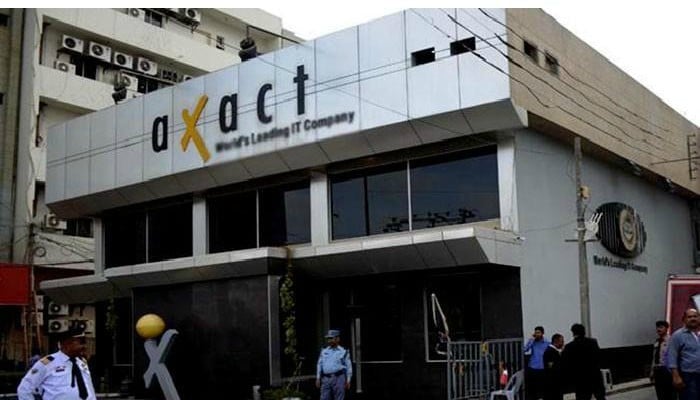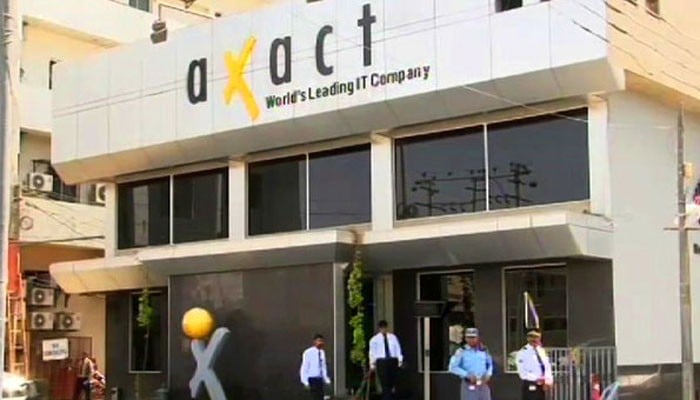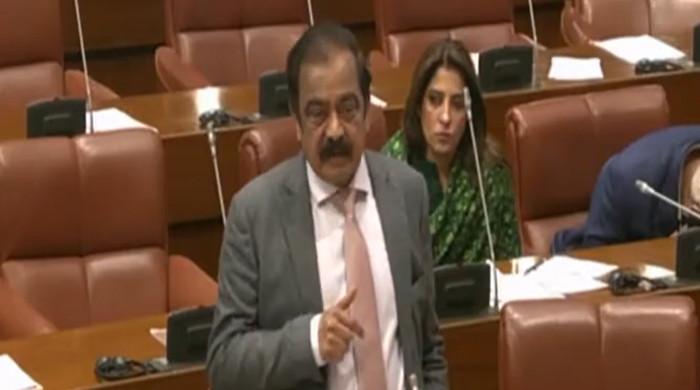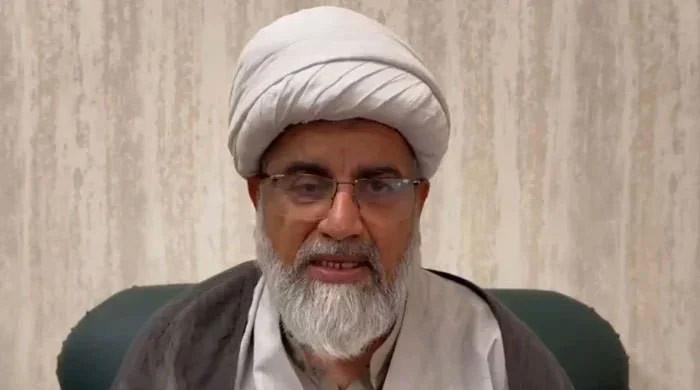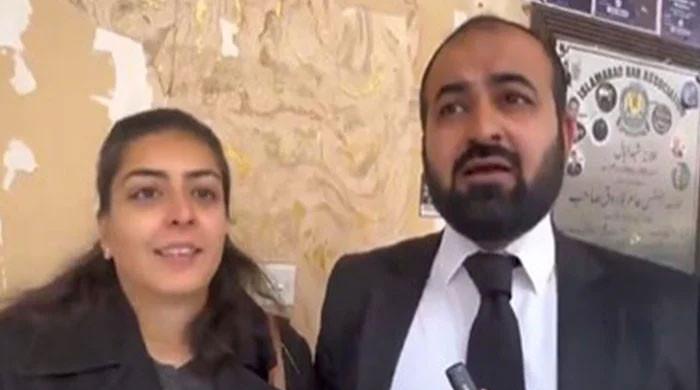Axact scandal: Evidences not presented before courts, alleges former FIA prosecutor
Jamil said that the new prosecution team did not object to the bails given to the suspects, didn’t freeze financial assets of Axact as directed by SC and didn’t present the original FBI letters...
August 30, 2017
KARACHI: The former special public prosecutor of the Federal Investigation Agency (FIA) Zahid Jamil said that the case against Axact was very strong due to massive proofs against it but interestingly the pieces of evidence were not included in the challan either presented before courts.
Speaking in Aaj Shahzeb Khanzada Kay Saath on Tuesday night, Jamil said that courtesy the tremendous work of FIA forensic experts and anti-money laundering experts, it was a combined opinion of the prosecution team that it was an ‘open and shut case’.
“For some reasons I had to disassociate myself, later other prosecutors also left and then you can see the fate of all the Axact cases,” he said, “As many as 61 witnesses were dropped in the case.”
Jamil said that the new prosecution team did not object to the bails given to the suspects, didn’t freeze financial assets of Axact as directed by the Supreme Court and didn’t present the original FBI letters to the courts.
He added that Umair Hamid, the Axact official now arrested by the US authorities, was never arrested and was given permission to fly abroad from Pakistan.
On Tuesday, a US court sentenced Axact Vice President Umair Hamid to 21 months in prison and levied a fine of $5,303,020 "for his role in an international diploma mill scheme operated through the Pakistani company”.
According to the US Department of Justice’s website, Hamid pled guilty on April 6 this year to conspiracy to commit wire fraud. “He entered the guilty plea before a US District judge who imposed today’s sentence”.
Hamid, an executive of Axact, was arrested on Dec 19, 2016, according to a statement by former Manhattan US Attorney Preet Bharara. He was produced in a federal court in Fort Mitchell, Kentucky, the following day.
According to the department of justice, Hamid was involved in running a “massive diploma mill” through Axact. The mill tricked people from across the world into enrolling in supposed high schools, colleges, and universities. “Consumers paid upfront fees, believing that in return they would be enrolled in real educational courses and, eventually, receive legitimate degrees. Instead, consumers received no instruction and worthless diplomas,” the website says.
